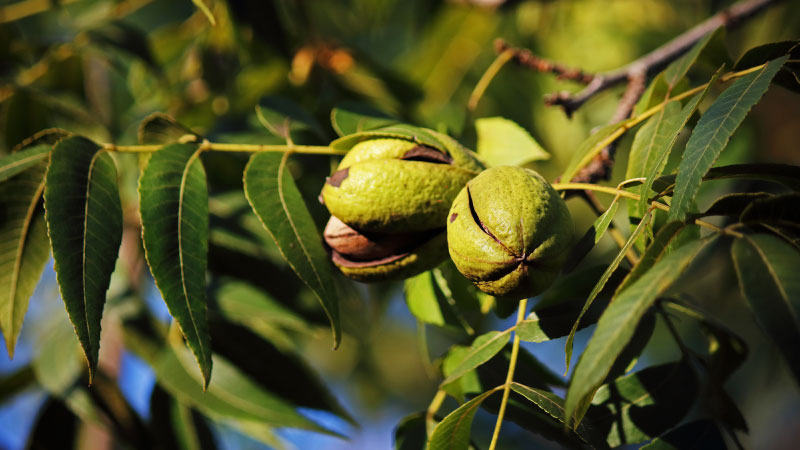What’s the Next Big Thing? The Best Farm Marketers Watch Trends
Predicting the future is not my forte. Forecasting the weather by looking out the window to see what’s happening is as far as I’m willing to go. Nor do I predict which crops are going to make money next season for growers or new farmers! It’s ironic, since marketing is all about figuring out what customers will want and if you can grow the right product mix to match that demand. Making the right prediction is a big challenge, especially when you factor in extra time to order, plant, and produce crops.
While I may not be clairvoyant, there are tools we can use to help us better prepare for future demands.
Consumer surveys, focus groups, and even AI (artificial intelligence) programs can give you insight to trends. Plus, government agencies, university researchers, and private companies all conduct consumer studies to try to predict future demand. The reports they produce may be available for free or may cost thousands of dollars to access.
Seek Out Experts
Long ago, New Jersey specialty vegetable and herb grower John Formisano Sr. told me the key to success in the specialty crop business is “riding the crest of the wave” and to find and market new specialty items before they become commodity crops.
Formisano Farms is usually among the first in the area growing a new herb or vegetable — cilantro in the ’80s’, methi/fenugreek in the ’90s, for example. You can always see several trade publications and cooking magazines on the desks in the office.
At Spoonshot.com, you can subscribe (for free) to their newsletter, which includes its latest research and commentary on consumers. The site claims to provide “Rich & refreshing food research done right.” It says it offers a food and beverage AI research tool that allows you to explore ideas.
One trend caught my eye at FoodInstitute.com. alternative seafood, clean labels, and mood foods would be emerging trends to keep an eye on this year, Spoonshot’s AI-generated 2023 Food Trends Report says. The article from July 2022 predicts a strong interest in plant-based seafood, based on frequency of discussion.
Trends vs. Trendy
Not all trends last but are merely trendy. For instance, suddenly this summer, plant-based meats were not living up to the hype heard over the past couple of years. Trendy then, but maybe not the trend hoped for. Maybe using AI for just about anything you can think of needs to be viewed with caution.
Trending topics are worth following, though. On a new Food Network cooking competition show that pairs and then pits an older chef with a younger culinary artist, the Boomer questioned what ‘trending’ was all about.
“Trending is something that’s getting a lot of attention on social media these days,” The ‘Gen Z’ chef clarified. YouTube and Instagram are good places to find trending posts about new vegetables that just might indicate a demand next season.
Watch for Habits, too
The Consumer Curiosity Report from consulting agency Curious Plot tries to provide a different perspective, measuring “curiosity because we want to spot and nurture trends that are still developing.”
They surveyed “a cherry-picked, quantitative survey of verified early food adopters … who significantly influence mainstream consumers.” The survey defined early adopter respondents as those who eat out, interact with online food/drink content at least once per week, and try new foods and flavors.
Among the top four (of 16) topics with the highest levels of curiosity? Easy meals; new snack ideas/products; and new ways to prepare vegetables. Catering to those trends may not be easy, but it’s certainly welcome news to vegetable growers.
You Can Always Make Lemonade
Predicting trends is never easy, even when you have a relatively small and loyal consumer base.
On a recent visit with Jenn LaMonaca at her Walking Bird Farm, with a dedicated CSA (consumer-supported agriculture) member base, there were baskets of yellow tomatoes piled in the farm store in every corner. Jenn said last year she couldn’t keep them on the shelves. This year, “Nobody wants heirlooms, only round reds.”
Not to worry. Taking advantage of a small-batch processor she found in Pennsylvania, she chuckled as she said, “They’ll get them anyway, in the sauce and salsas that we’ll sell to them as value-added products this winter.”
Jen reports this update: “Got the sauce back from the “not so far away” processor in PA — over 500 pints — and sold half in the first weekend. $8 each. Makes it worth growing them [though profit margins would be better if we didn’t have to drive to Lancaster.”










